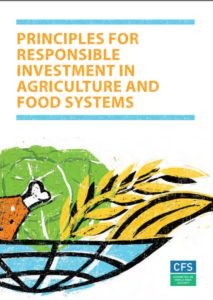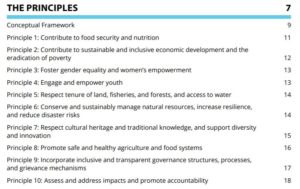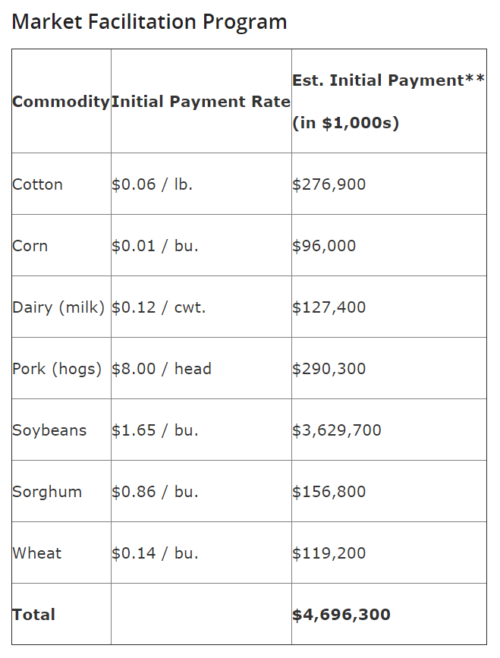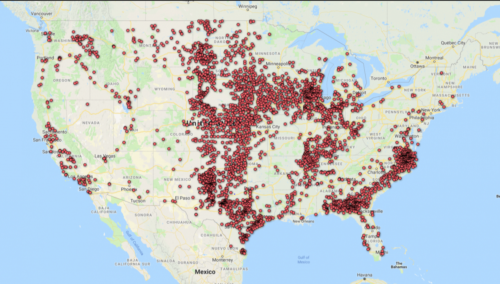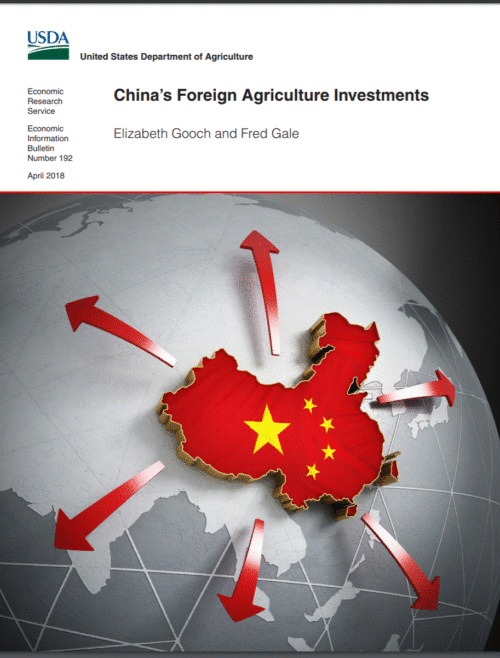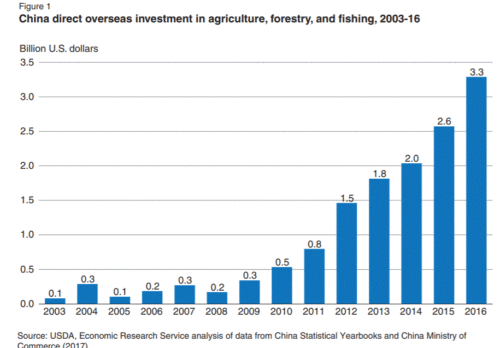The effects of our trade war with China
President Trump has just announced a truce in our trade war with China. We need one.
In August, the Trump Administration said it would provide $12 billion to farmers to make up for the losses in income caused by the dispute.
I’ve been collecting items about what’s actually happening with the bailout payments.
- Not much has been paid out: The New York Times reports that the USDA has paid out just $838 million of the $6 billion that became available in September. Another pool of up to $6 billion is expected to become available next month.
- They are not helping Wisconsin dairy farmers: According to the Milwaukee Sentinal Journal, about 4,800 dairy farms are collectively getting about 80 percent of the $10.4 million coming to the state, with an average payment of $2,390. But the Wisconsin Farmers Union says a 55-cow dairy farm would receive a one-time payment of $725 from the Trump bailout program, but would lose between $36,000 and $48,000 this year due to low milk prices.
- They are not doing much for Iowa farmers either: According to the Des Moines Register, the 4300 payments total nearly $31 million, with an average payment of $7,236. But 100 payments are less than $25, 24 are less than $10, and 11 are $5 or less.
- Payments are going to 1,100 city residents; these average $881. According to the Environmental Working Group, the recipients may or may not actually be involved in farming. The EWG got the data from the USDA.
- The National Corn Growers Association wants more money for corn farmers. Its letter to USDA says the agency does not understand the how badly the trade disruptions are affecting its members. Its own study estimates corn growers losses at $6.3 billion.
- North Dakota soybean growers have a storage problem, says the New York Times, because they can’t sell the beans to China.
- Kansas soybean farmers are also in trouble, writes the New York Times.
- Overall farm income is declining, says USDA.
I think it’s fair to conclude at this point that current trade policies are tough on US agribusiness.

